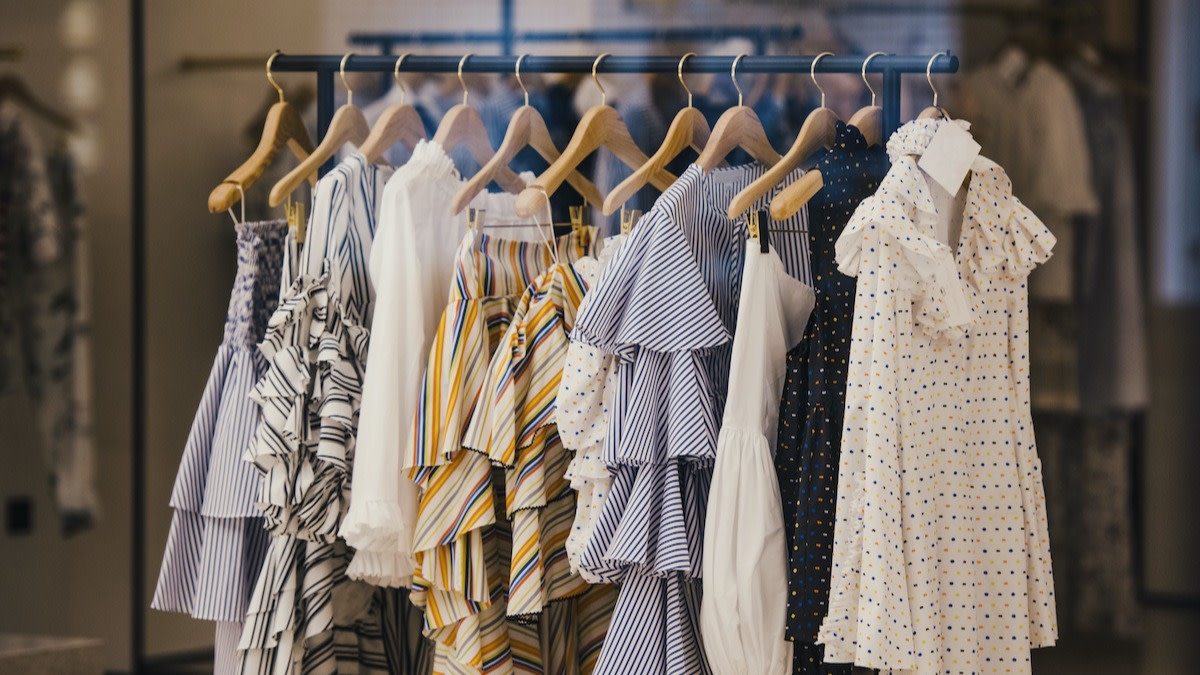Ready-to-Wear Fashion Guide: Inside Look at Prêt-à-Porter
Written by MasterClass
Last updated: Jun 7, 2021 • 2 min read
Knitwear, pleating, twill, denim—a significant portion of the clothes that we buy online or in stores are produced in an assembly line in textile factories around the world. This type of clothing is called “ready-to-wear.”
Learn From the Best
What Is Ready-to-Wear?
“Ready-to-wear” (known as prêt-à-porter in French) is a fashion industry term that signifies that an article of clothing was mass-manufactured in standardized sizes and sold in finished condition—rather than designed and sewn for one particular person. Most of the clothing that we will buy in our lifetime—from sweatshirts to denim, cardigans to handbags—is ready-to-wear, which means it was purchased “off the rack.”
A Brief History of Ready-to-Wear Fashion
Before the 1800s, almost all clothing in the world of fashion was bespoke or made to measure, meaning it was sewn by seamstresses and tailors for individuals. During the War of 1812, the US government began mass-producing military uniforms, making them one of the first ready-to-wear garments in history. The concept of ready-to-wear men’s clothing survived the war, and by the end of the century, most men had access to ready-to-wear clothing lines in department stores.
At the time, women’s fashion was much more complex and fitted than men’s clothing—including fitted waists, necklines, and sleeves—making ready-to-wear women’s clothing impractical during the era. However, the 1900s brought increased media attention surrounding ready-to-wear clothing in the US which, along with the economic hardship of the era, made ready-to-wear clothing more attractive and practical than bespoke clothing.
By the late 1960s, the divide between ready-to-wear fashions and haute couture (the bespoke clothing made by major fashion houses like Chanel or Dior) closed when, in 1966, fashion designer Yves Saint Laurent opened up his first store selling a ready-to-wear line. This paved the way for other designers to make ready-to-wear clothing in addition to their traditional haute couture lines.
What Are the Differences Between Ready-to-Wear and Haute Couture?
Ready-to-wear clothing and haute couture are two different ways the fashion world approaches clothes making. Ready-to-wear is clothing sold “off the rack,” meaning that it is made in standardized sizes, is usually mass-produced, and is meant to be purchased and worn immediately, often without alteration. Haute couture refers to high-end, custom clothing made and tailored exclusively for the wearer.
Almost all major fashion labels (like Gucci, Lacroix, Prada, or Dior) make and show prêt-à-porter or ready-to-wear collections, in addition to their haute couture lines. Other differences between ready-to-wear and haute couture include:
- Production. Manufacturers produce ready-to-wear clothing using factories with automated processes, while haute couture is usually handmade from start to finish—including designing, stitching, and tailoring.
- Sizing. Ready-to-wear clothing is available in “standard sizes” (for instance, from XXS to XXL) to streamline the production process; haute couture is made to measure, which means it is tailored for the wearer’s body.
- Cost. Ready-to-wear clothing is inexpensive to produce and typically sells for low prices. Haute couture can be expensive; its price is based on its exclusivity and the high-quality materials and labor used to create the often one-of-a-kind pieces.
Want to Learn More About Unleashing Your Inner Fashionista?
Get a MasterClass Annual Membership and let Tan France be your very own style spirit guide. Queer Eye’s fashion guru spills everything he knows about building a capsule collection, finding a signature look, understanding proportions, and more (including why it’s important to wear underwear to bed)—all in a soothing British accent, no less.
